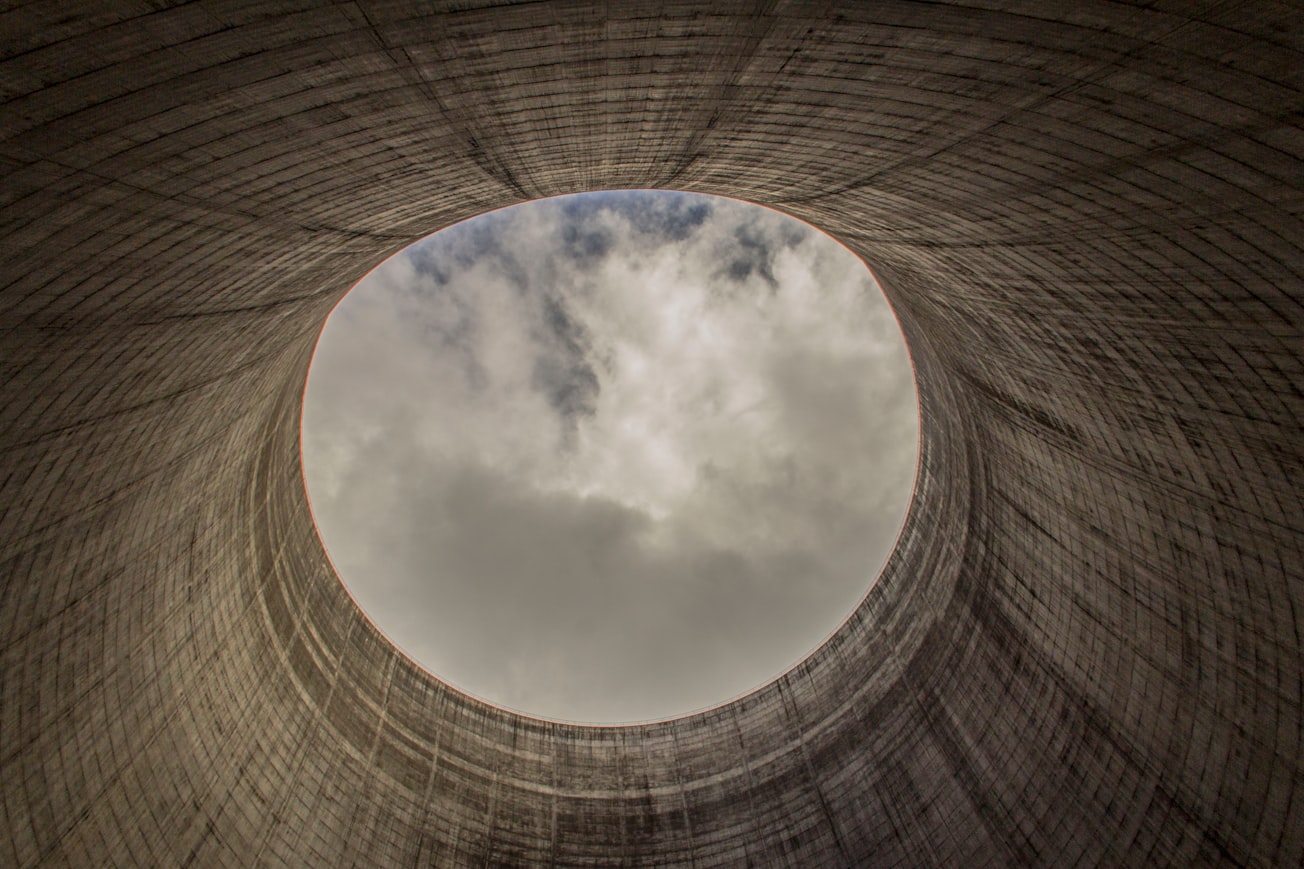What is it about?
Our paper offers the closest possible seismological insight into the nuclear test in North Korea (3rd September 2017), and, in particular, into its enigmatic aftershock. The work builds on a unique dataset and careful modeling. We use the nearest-to-source high-quality broadband seismograms from China. At more distant stations (e.g. in Japan), the aftershock signals are weak, contaminated by the mainshock coda and noise. Our waveform modeling includes the latest techniques for the moment-tensor uncertainty assessment.
Featured Image

Photo by Jakob Madsen on Unsplash
Why is it important?
Many questions and much public interest appeared around the aftershock, including speculations about ‘health state’ of rocks at the site. We provide an accurate scientific proof that this aftershock was a non-tectonic event caused by crack-closing processes in the rocks damaged by the blast. To our knowledge, this is the first seismological evidence of a rapid and massive destruction of the explosion-generated ‘chimney’ occurring shortly after nuclear blasting.
Read the Original
This page is a summary of: North Korea's 2017 Test and its Nontectonic Aftershock, Geophysical Research Letters, April 2018, American Geophysical Union (AGU),
DOI: 10.1002/2018gl077095.
You can read the full text:
Contributors
The following have contributed to this page










